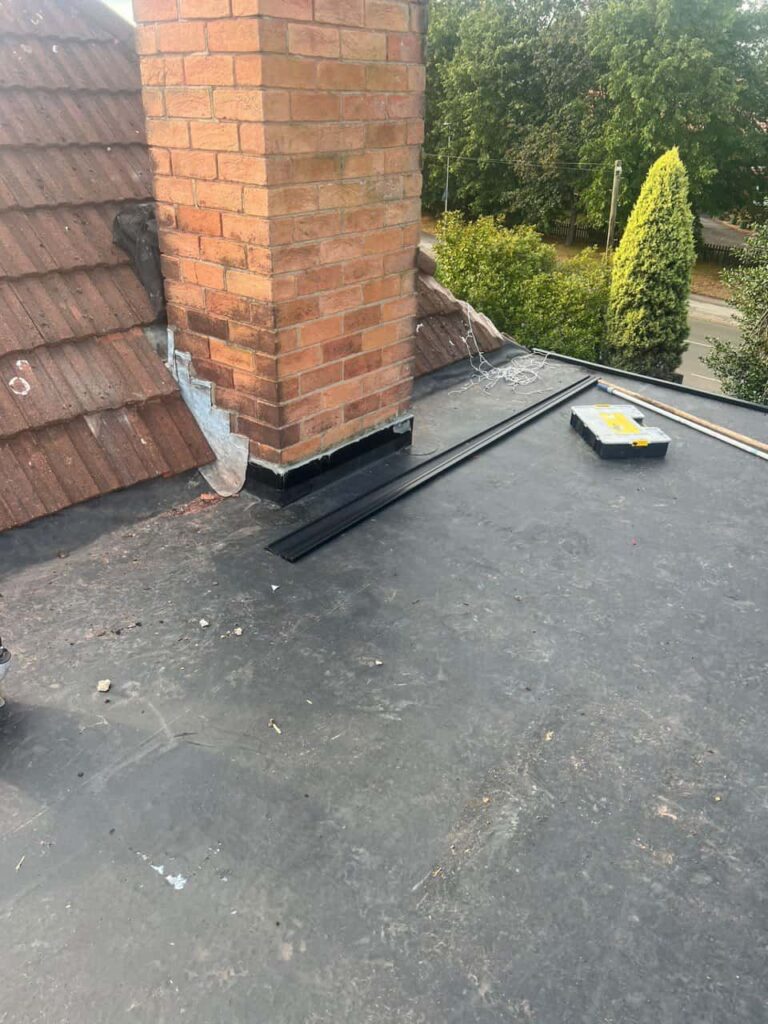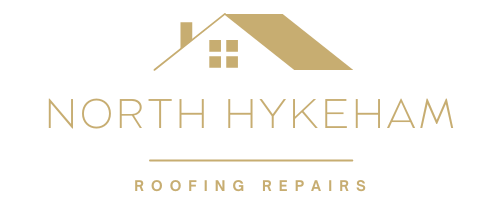Introduction: Property owners often focus on upfront costs without considering the long-term implications when choosing roofing materials for flat roofs. However, understanding the life cycle cost of flat roofing materials is crucial for making informed decisions that maximise value and minimise expenses over the roof’s lifespan. In this blog post, presented by North Hykeham Roofing Repairs, we’ll delve into the concept of life cycle cost and explore how it impacts the selection of flat roofing materials.
What is the Life Cycle Cost?
Life cycle cost (LCC) is the total cost of owning and maintaining a roofing system over its lifespan, including initial installation, ongoing maintenance, repairs, and eventual replacement. Unlike upfront costs, which only consider the initial investment, life cycle cost provides a comprehensive analysis of the total cost of ownership, considering immediate and long-term expenses.
Factors Affecting Life Cycle Cost:
Several factors influence the life cycle cost of flat roofing materials, including:
- Installation Costs: The initial cost of purchasing and installing roofing materials, including labour and equipment expenses.
- Maintenance Requirements: The frequency and cost of routine maintenance tasks such as cleaning, inspections, and repairs.
- Durability and Longevity: The roofing material’s expected lifespan, its wear and tear resistance, and environmental factors.
- Energy Efficiency: The material’s thermal properties and impact on heating and cooling costs over time.
- Warranty Coverage: The extent and duration of warranty protection the manufacturer provides, including coverage for defects and premature failures.
Understanding the life cycle cost of flat roofing materials requires evaluating these factors holistically to determine the most cost-effective option for your needs and budget.
Comparing Flat Roofing Materials:
Different flat roofing materials have varying life cycle costs due to differences in durability, maintenance requirements, energy efficiency, and other factors. Here’s a brief overview of common flat roofing materials and their life cycle costs:
- Built-Up Roofing (BUR): Traditional built-up roofing systems offer moderate initial costs but may require frequent maintenance and repairs, resulting in higher long-term expenses.
- Single-Ply Membranes: PVC, TPO, and EPDM single-ply membranes offer competitive initial costs and low maintenance requirements, making them cost-effective choices over the roof’s lifespan.
- Modified Bitumen: Modified bitumen roofing systems provide excellent durability and longevity, reducing the need for frequent repairs and replacements and offering favourable life cycle costs.
- Liquid-Applied Roofing: Liquid-applied roofing systems offer seamless waterproofing and easy application, but their life cycle costs may vary depending on the quality of materials and installation.
Conclusion: Understanding the life cycle cost of flat roofing materials is essential for making informed decisions that balance upfront expenses with long-term savings and performance. Property owners can select flat roofing materials that offer the best value over the entire lifespan by considering installation costs, maintenance requirements, durability, energy efficiency, and warranty coverage.
Call us on: 01522 302 298
Click here to find out more about North Hykeham Roofing Repairs
Click here to complete our contact form and see how we can help with your roofing needs.

